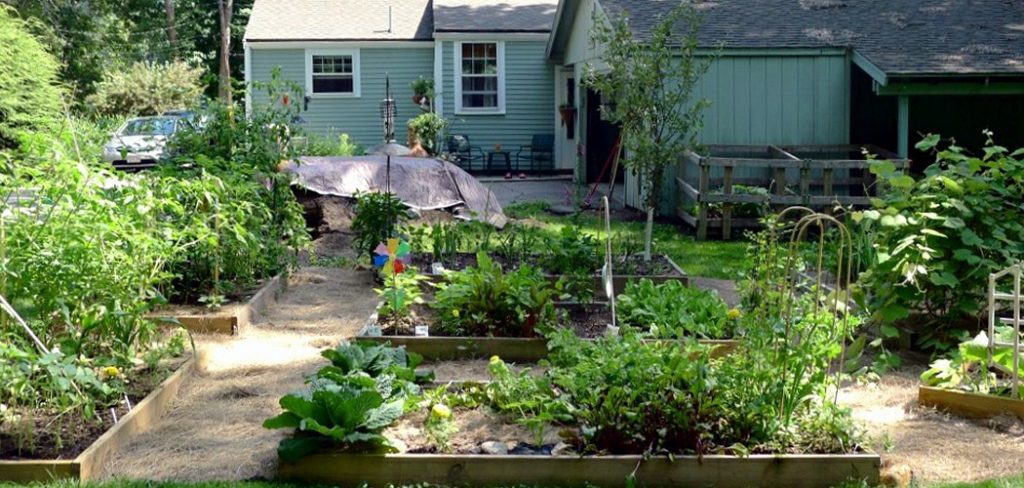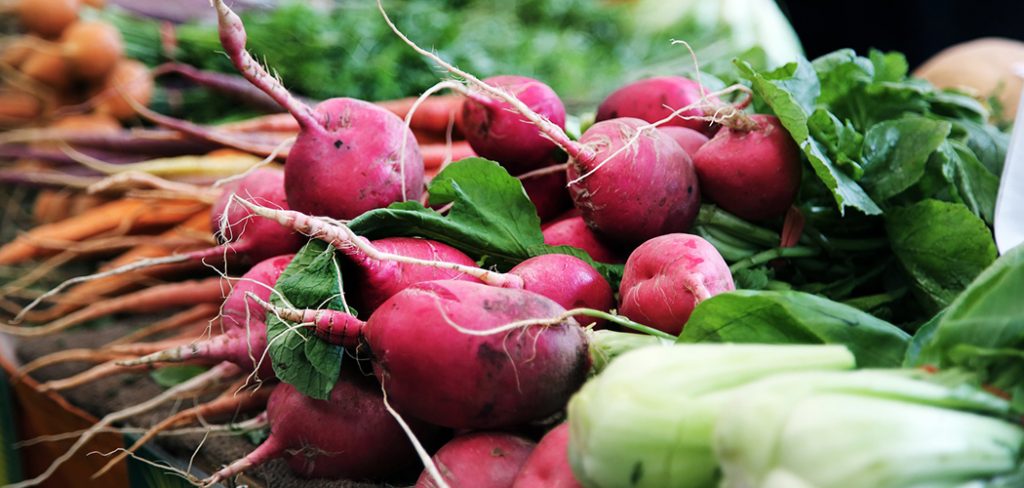Growing Onions
Onions are planted in colder seasons and are easy to grow because of their hardiness. Today I am going to share with you how to supply an endless batch of onions in your backyard garden. So let’s start our growing onions guide!
Plant onion sets because they are frost proof and have a better success rate compared to seeds and transplants. Onions flourish well in a raised bed or raised rows, with the height of at least 4 inches.
Planting Onions
The following are steps you should follow for successful planting of onions in your backyard garden.
- Plan a good timing to plant onions, commonly during the spring season – late March to April. Ensure the outdoor temperatures don’t fall below 20F (-6 degrees Celsius) before planting.
- Choose a location where there is full sunlight and where other plants don’t shade your onions from the sun.
- Prepare the soil to be loose and well-drained, rich in nitrogen. Compact soils affect bulb development.
- Use compost manure in your beds because onions are heavy feeders, and for you to harvest big bulbs they should be well nourished.
- Mix in some nitrogen fertilizer when planting
- Starts seeds indoors and transplant in about 6 weeks to the garden.
- When planting set onions, space between 4 to 5 inches apart and in rows 12 to 18 inches apart.
- Practice mulching between the rows to retain water and to suppress weeds.
Onion care
Fertilize with Nitrogen every few weeks to get bigger bulbs. Stop fertilizing when they start pushing the soil away. It means the bulbing process has started.
When they start pushing the soil away, to not burry them again because the bulbs need to emerge above the ground.
Usually, onions do not need too much watering, one inch plus rainwater is sufficient, but if you want sweeter onions, you can water more.
Onions may seem healthy even during the dry season, but water them even when they look healthy.
Pests and diseases affecting onions
Growing and harvesting onions have its fair share of challenges, including pests and diseases. Here are some.
Thrips
They are tiny insects as fat as a needle, to ascertain their presence in your crops, take a dark piece of paper and knock it on the onion tops.
If they are present you will spot their dark tan bodies on the piece of paper. Use insecticidal soap treatment by spraying the crops spraying twice in three days apart and they will disappear.
Onion Maggots
Cover the crops with a fine mesh netting around and seal by mounding the soil on the edges. Maggots lay their eggs at the basement of the plants and so netting keeps them away.
Don’t mulch during the rainy season cause maggots like decaying matter.
Harvesting Onions
- Pull the onions when the tops are brown
- Clip the roots and cut the tops (if planning to braid the onions, keep the tops)
- Allow onions to dry for several weeks
- Store the onions at 40 to 50 F (4 to 10 degrees Celsius)
Summing up, look at the following gallery for photos related to growing and harvesting onions. Parting shot – remember to practice crop rotation for a bumper harvest. Look around!
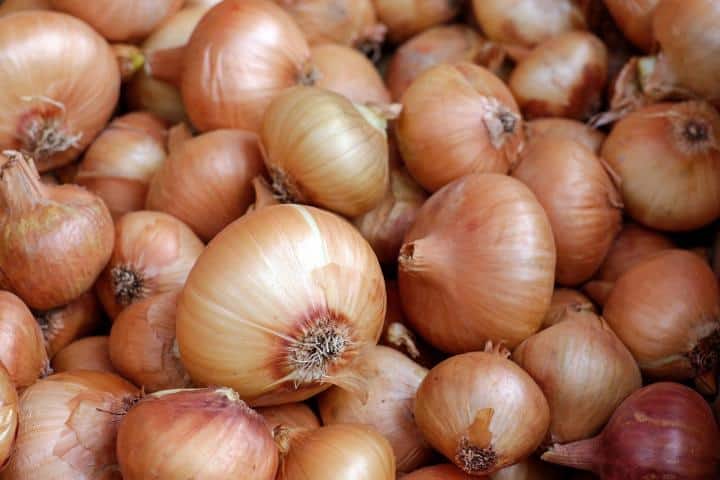
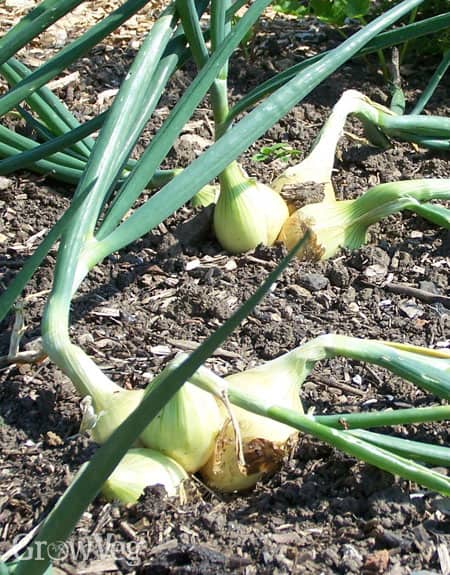
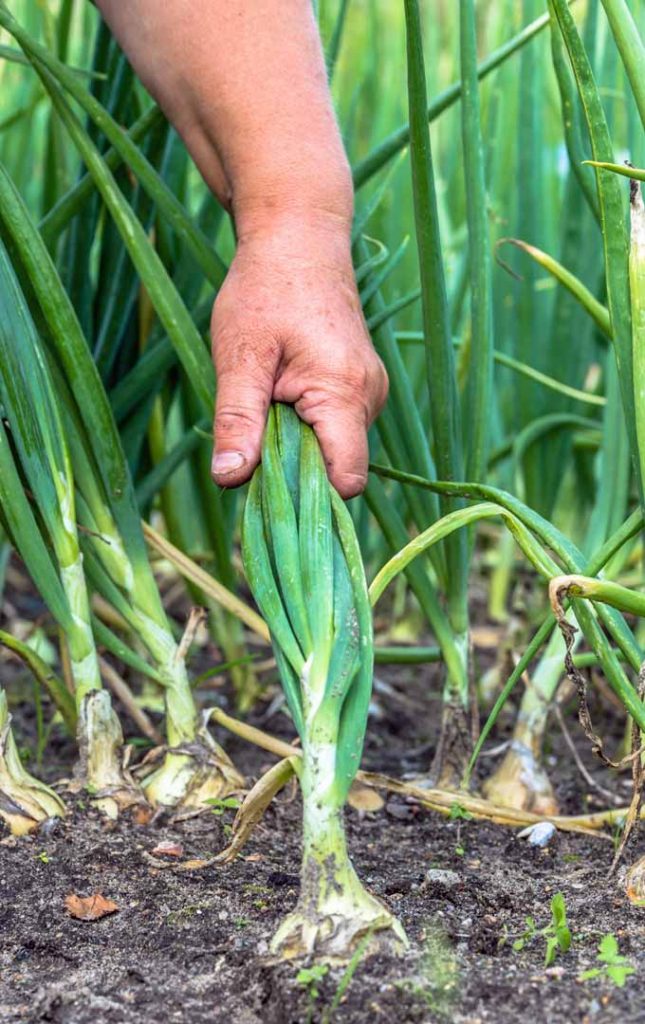
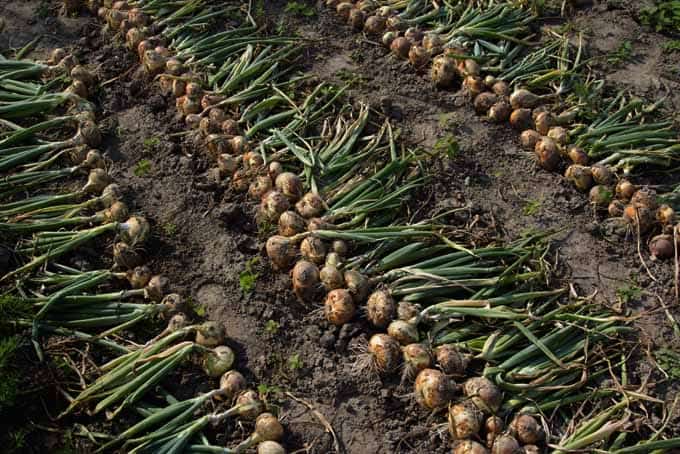
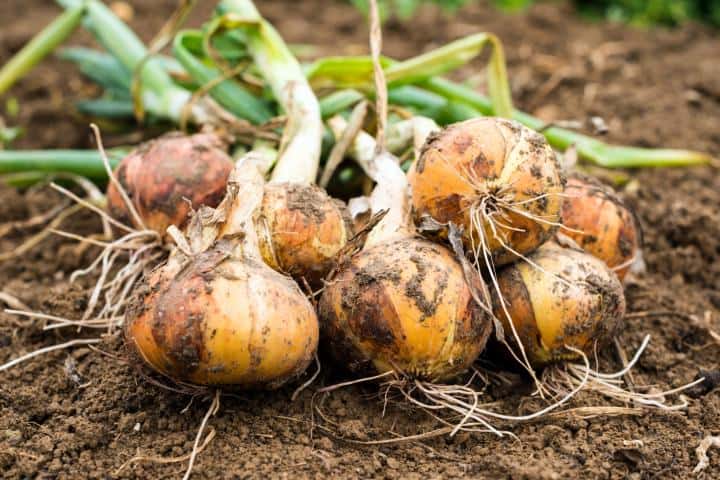
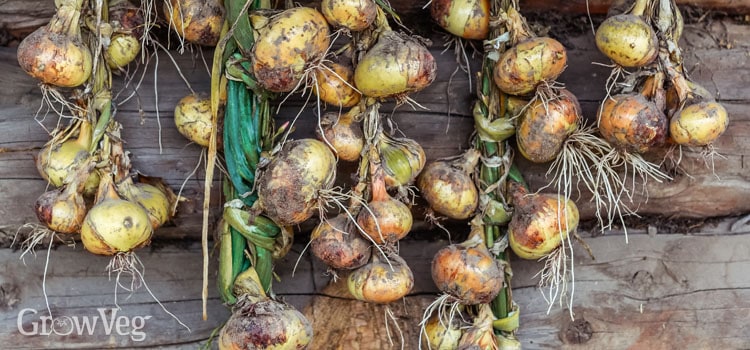


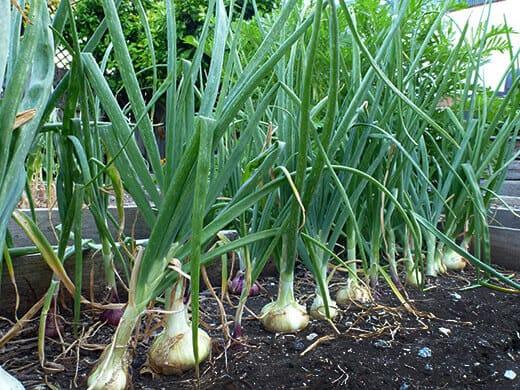

Onions Growing 

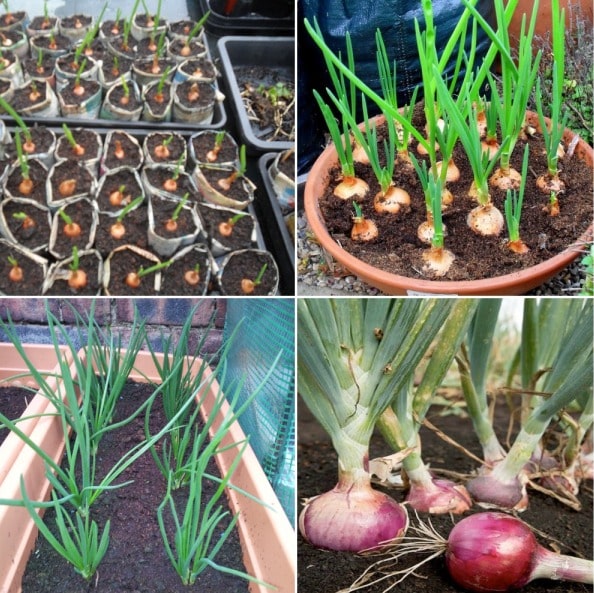

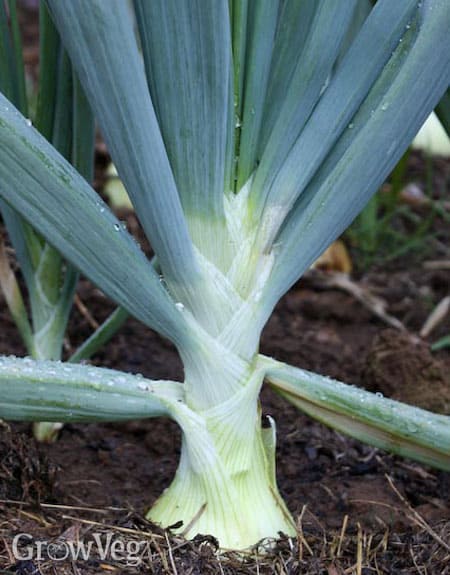
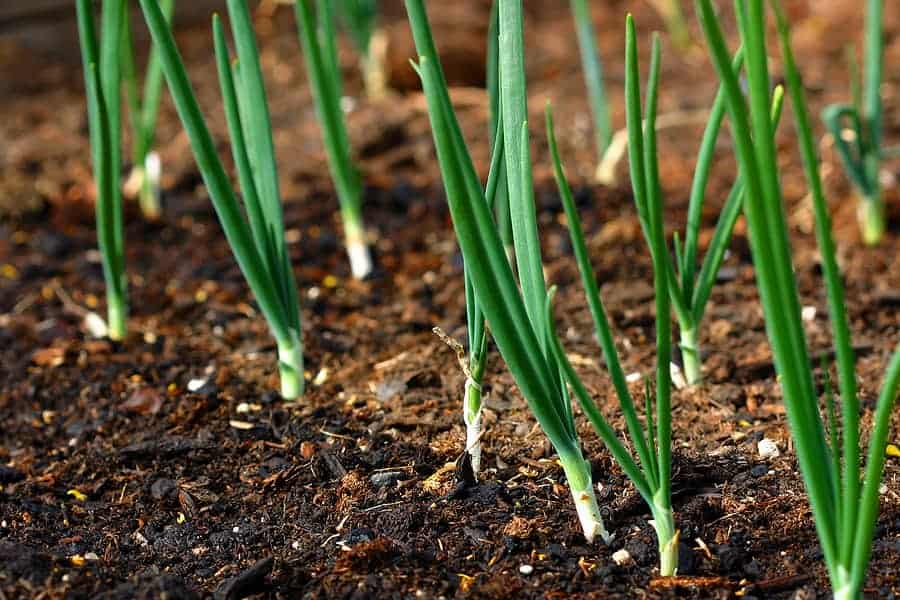
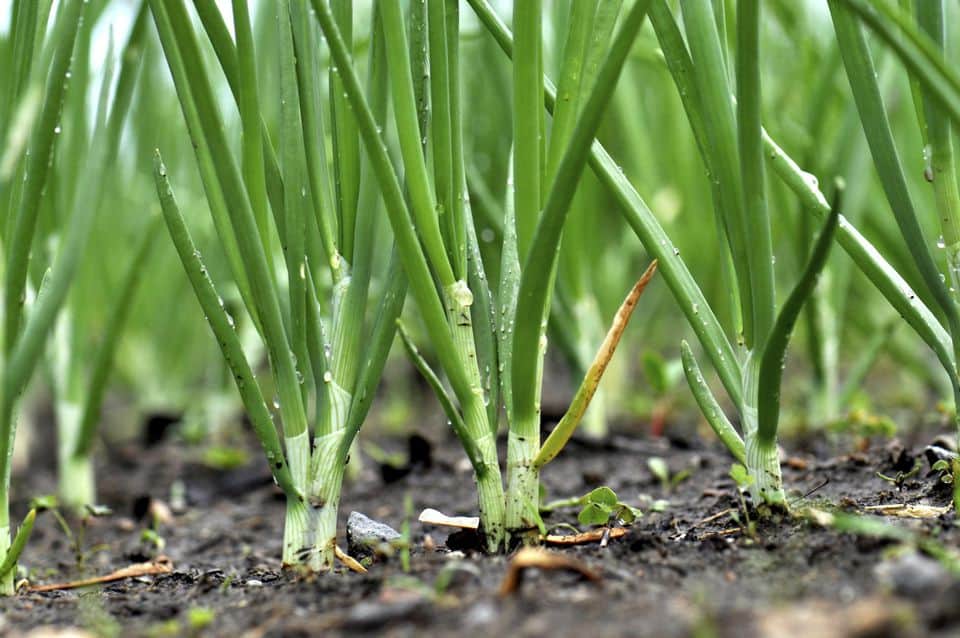

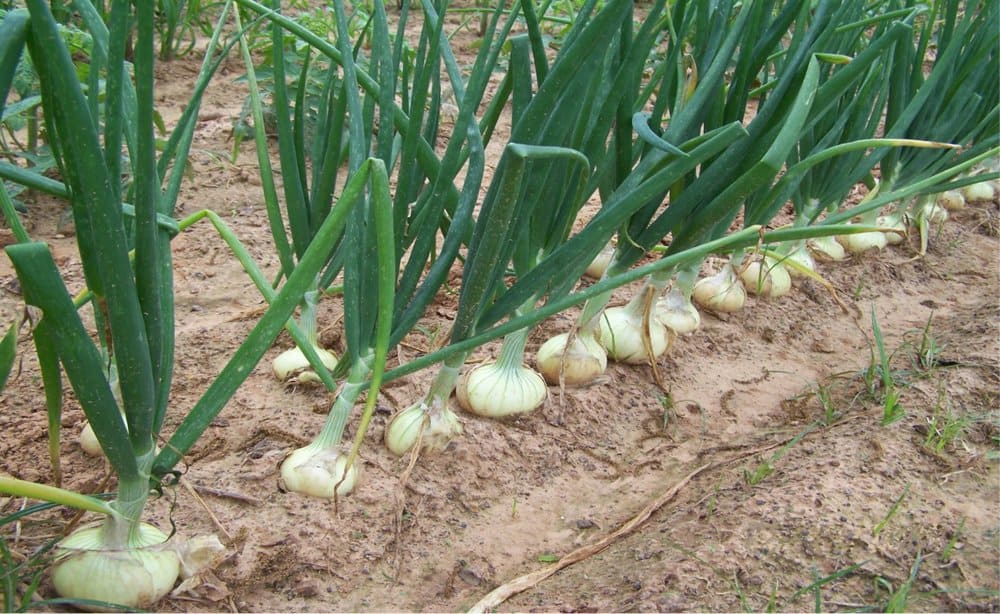
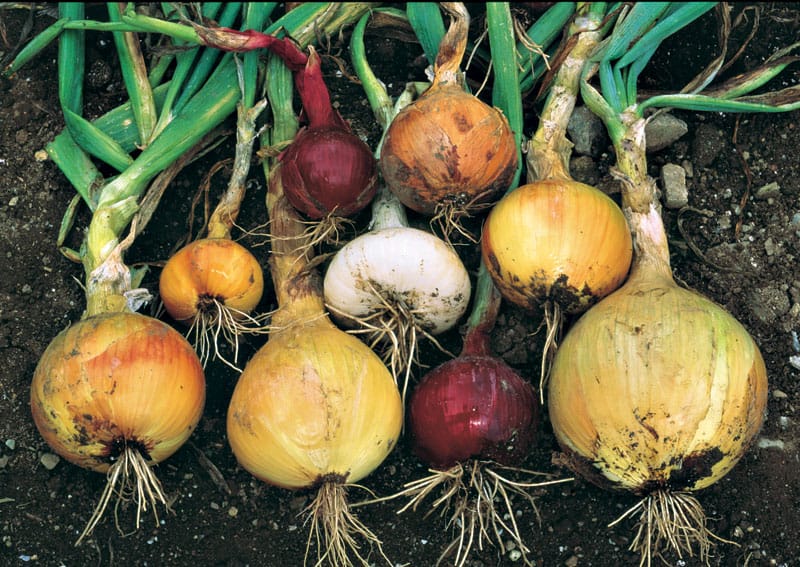




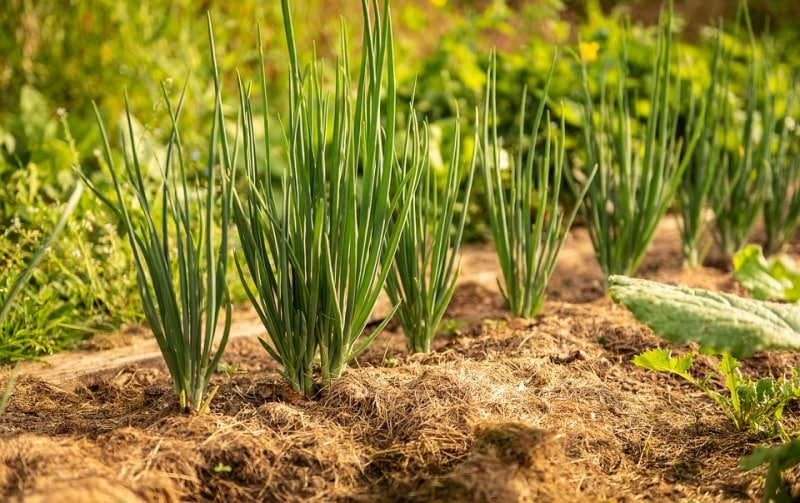
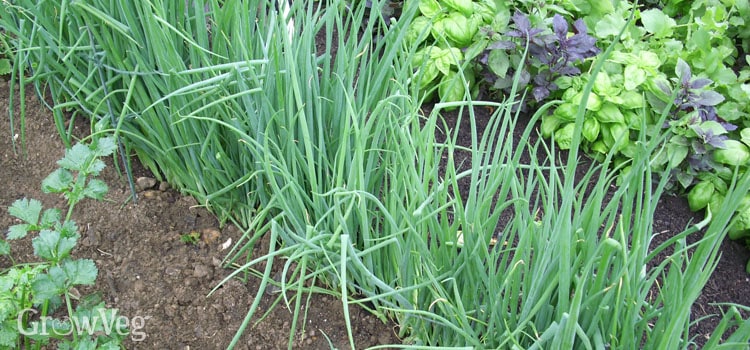
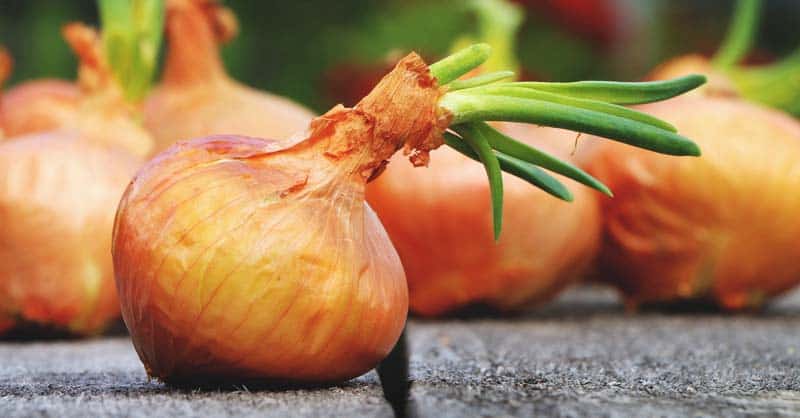


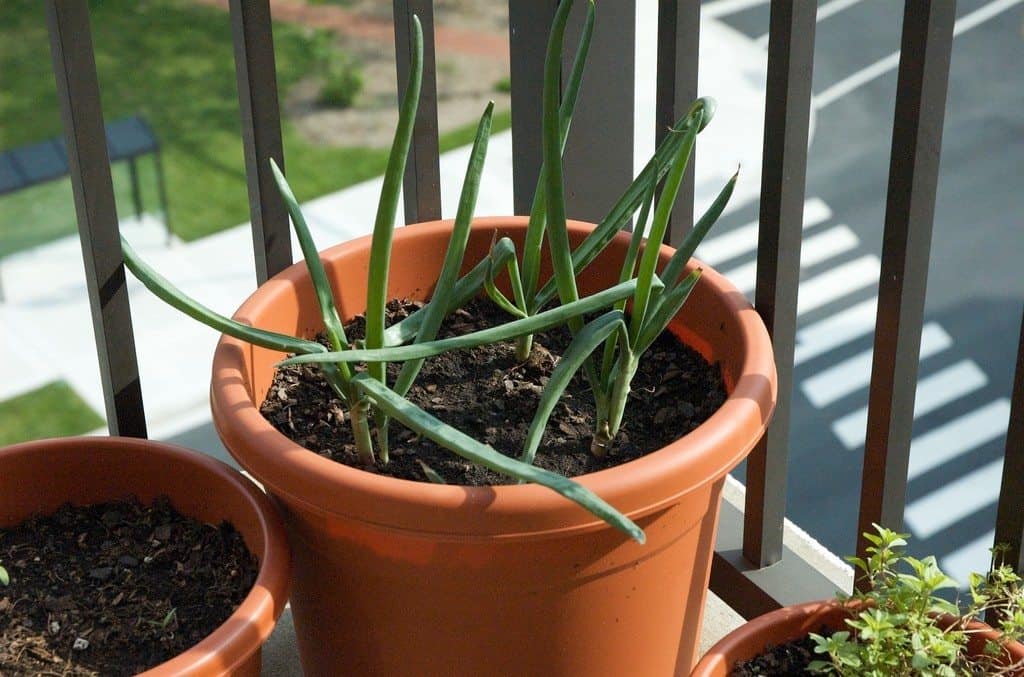
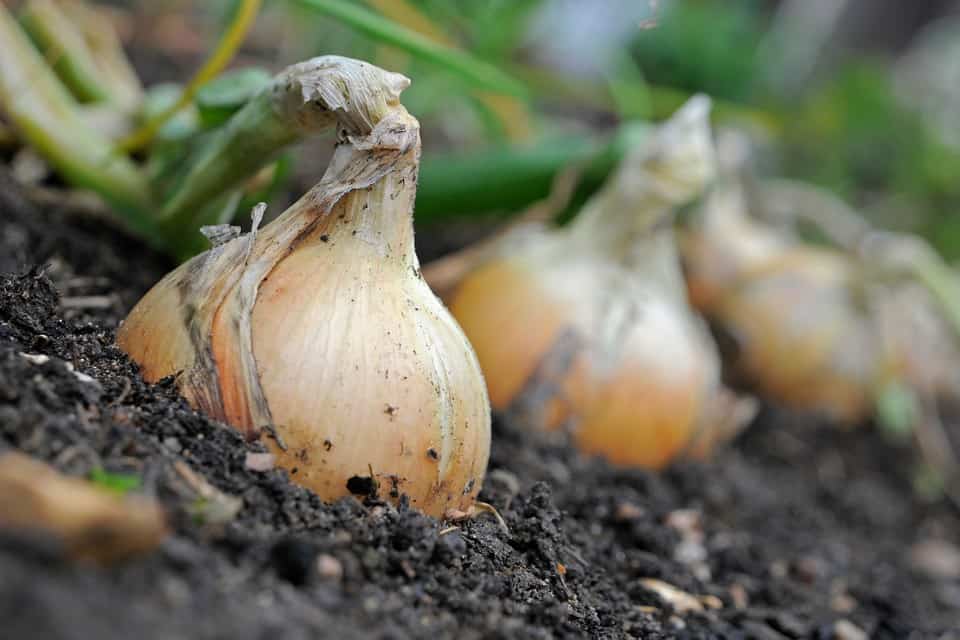



Walla Walla 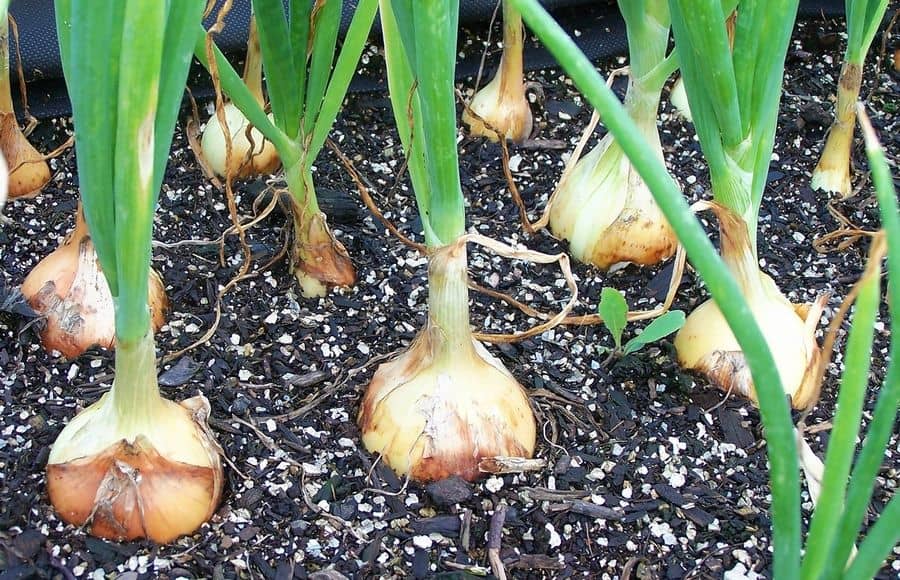


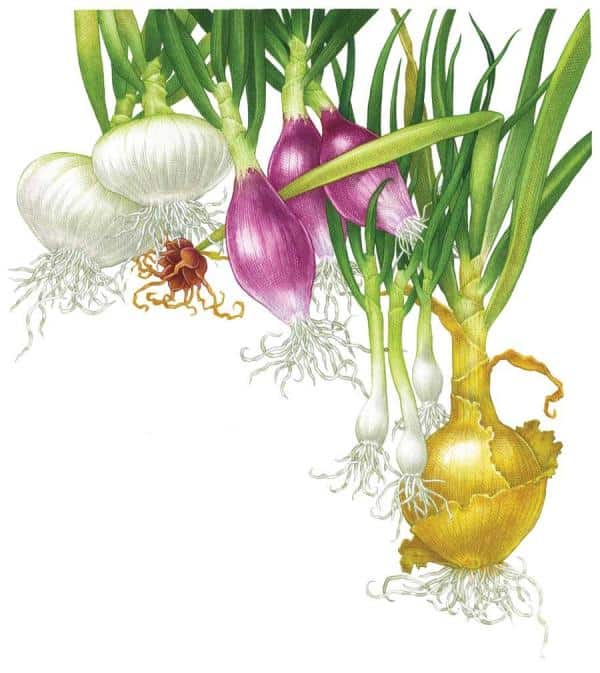
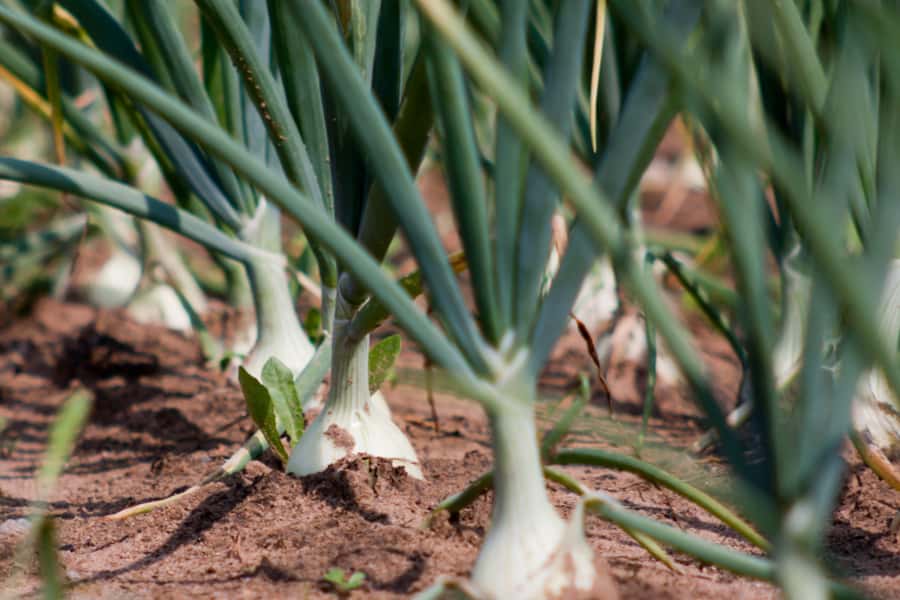



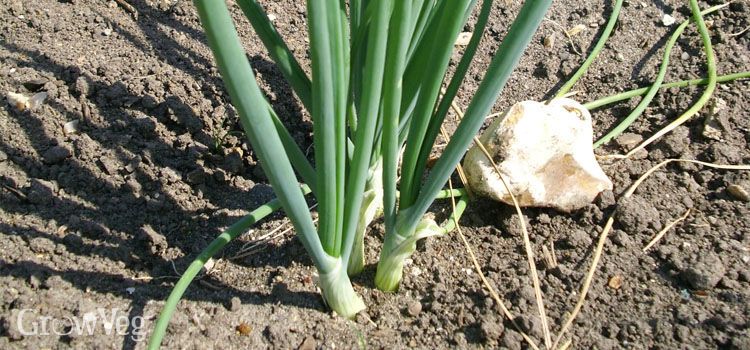
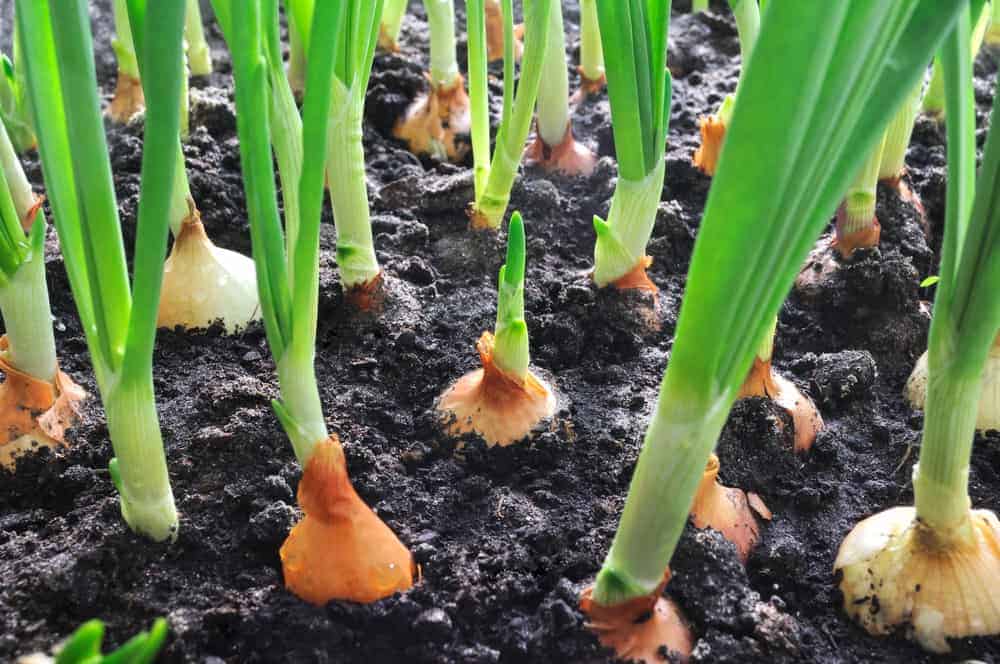


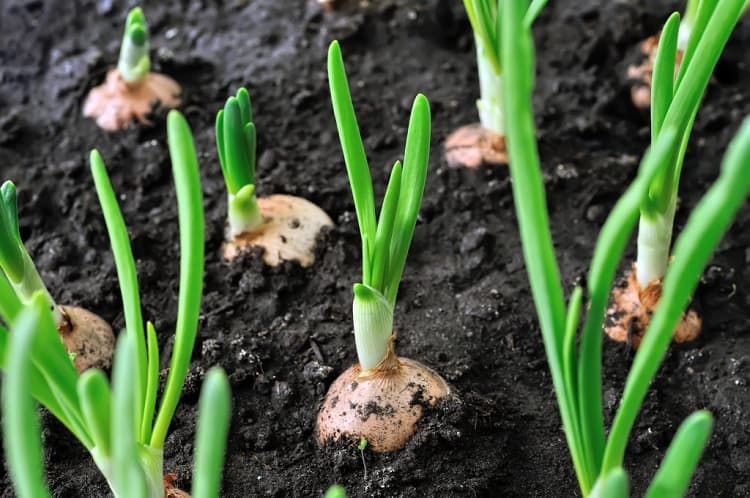
Check my other post on growing beetroots.
